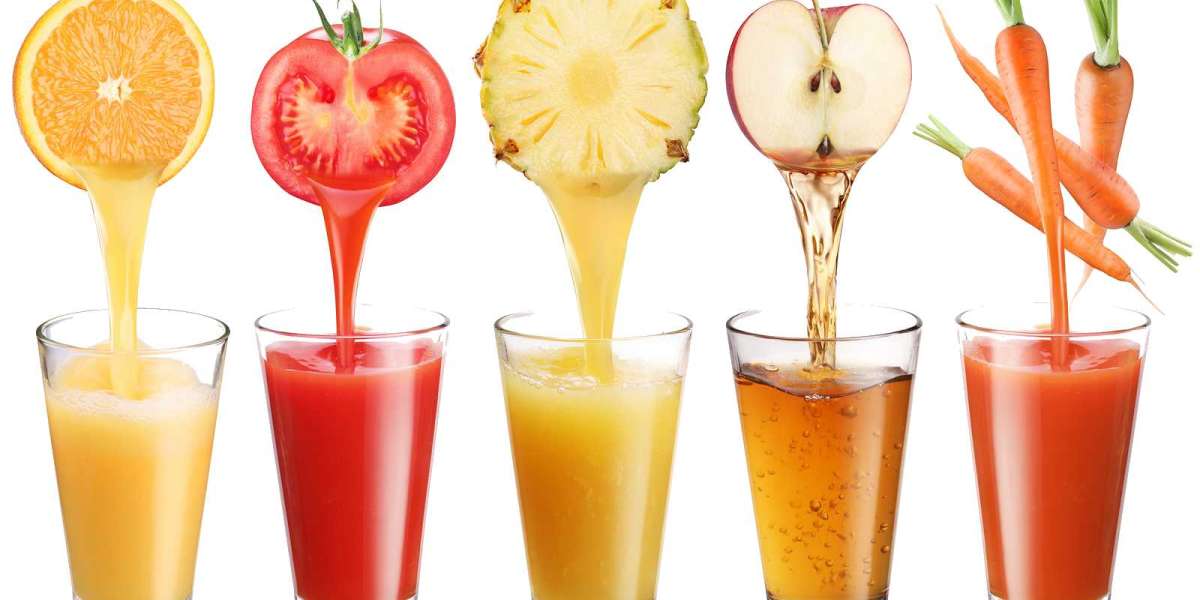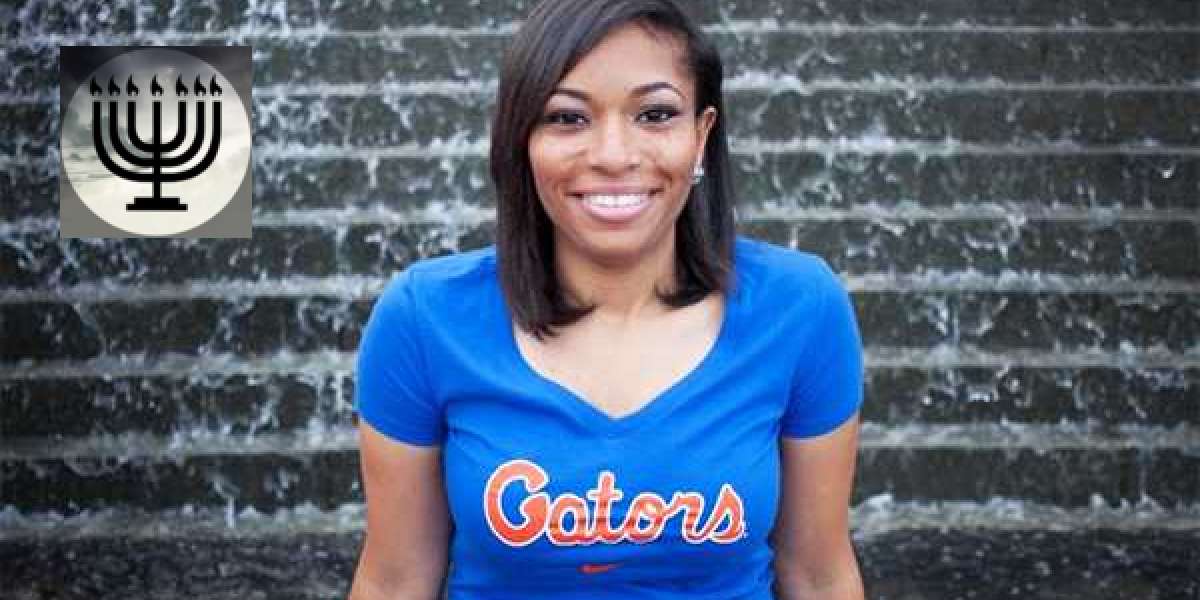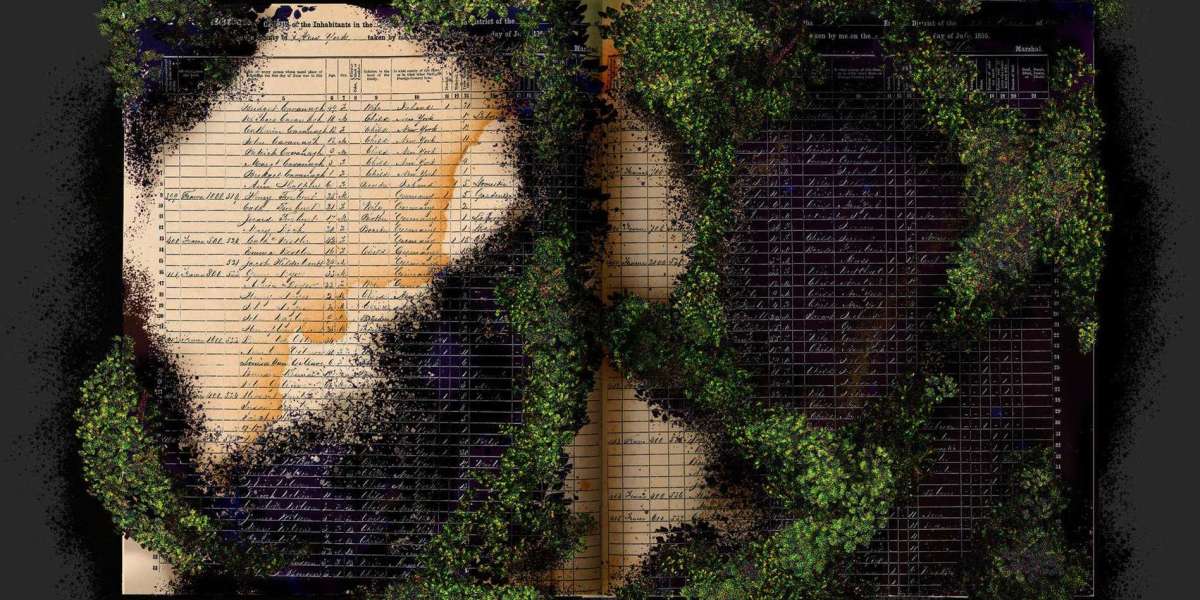HEALTHY=WEALTHY: PUMPKIN 101
In February, I first planted pumpking seeds. Throughout the spring and summer, I watched as a vine grew and yes there were flowers, getting ready for pollination. In retrospect, I had two things working against me. The first was the weather. It was an extremely hot summer. The second error, was I watered the plant and the soil. The focus should have been the soil. As a result, I did not reap a pumpkin harvest. Following a fun weekend on a farm last Sunday with a fellow Hebrew Israelite (see pic-I am on the left), I witnessed what my urban gardening should have looked liked.
Planting pumpkin is actually one of the easiest to grow. Simply, secure one seed, bury in soil, within a few months you should be able to reap your harvest. If you are using a store brought seed, be sure to to look for the words “days to maturity.” For all but giant pumpkins, the number of days to maturity usually lies somewhere between 90 and 125 days. That means you want to plant your pumpkins so that the vines will have the right number of days between planting and harvest time to grow full-size, mature pumpkins. What I have come to learn, is that based on your expected harvest, you should identify, then work your way back to an appropriate plant date.
Below are some tips and misses courtesy of HGTV.
Tip #1-Pumpkin seeds need only soil and water to jump-start the process. Light is pivotal once leaves appear. The key is when to plant pumpkin seeds.
Tip #2-If you’re growing a giant that needs 140-plus days to reach its mammoth size, sow seeds from April 25 to May 15. If you garden where those dates still have a frosty feel, start seeds indoors.
Tip #3-Most giant pumpkin seeds have a very thick seed coat. You’ll get better germination if you file the edges of the seed. Just don’t touch the pointed tip. Use a piece of sandpaper or a nail file to file the seed edges gently. After filing, soak seeds for an hour or two in hot water before planting. These steps help seedlings to emerge easily from within the hard seed coat.
Tip #4-Sow traditional field pumpkins into garden soil from May 15 to June 15. For an earlier harvest or perhaps a slightly larger pumpkin, you can start seeds indoors up to two weeks before these dates. Miniature pumpkins don’t need as long a growing season to reach their full potential. Tuck these seeds into garden soil from May 25 to July 1.
Tip #5-When planting pumpkin seeds—indoors or out—place seeds into soil one-half to 1 inch deep with the pointed end facing down. Indoors, place seed-starting pots under artificial lights or in a bright south-facing window. Pumpkin seeds germinate best in soil that’s 80 to 85 degrees. Use a root-zone heating mat to warm soil in pots. Remove the heating mat once seedlings appear to avoid damaging roots.
Tip #6-It’s a good idea in cooler areas to cover your pumpkin planting spot with black plastic for a few weeks prior to planting. This helps concentrate the sun’s rays to warm soil. At planting time, cut a small X-shaped slit in the plastic and sow seeds through that opening. Watch for seedlings to appear; make sure they’re not hindered by the plastic.
Mistakes newbies make:
1-Pumpkins dislike cold of any kind, so don’t plant pumpkin seeds directly into garden soil until after all danger of frost is past.
2-Indoors and out, pumpkin seeds usually germinate within 10 days. If 10 days come and go and you see no signs of growth, consider making a second planting. You can gently try to excavate planted seeds, but if the seed has germinated, you risk damaging emerging roots. In the garden, use a large garden trowel to lift soil gently and inspect it for any sign of the seed or seedling.
How To Grow Pumpkins In Containers
Once you decide that you want to try growing pumpkins in pots or potato bags, here are the steps you need to follow.
1: Know When To Plant Pumpkins
Those who live in subtropical or tropical climates can grow pumpkins year-round (see timing for planting above).
2: Get The Right Sized Container For Your Pumpkin Plants
The most important part of growing pumpkins in containers is selecting the right sized pot. If you don’t get the right size, your plant will die; it needs plenty of space for the roots to spread out, letting the plant grow.
The ideal size for a pot is 10 gallons for smaller pumpkin varieties. If you want to grow larger cultivars, such as the pumpkins ideal for making jack-o-lanterns, then you would want an even larger pot, typically 15-25 gallon pots.
The pots should be 20-24 inches deep with the same width to be able to accommodate growing pumpkins.
Also, make sure the containers have adequate drainage. Pumpkins don’t like standing water, so make sure the bottom of the pot you select has plenty of holes to let the water drain out. If the containers don’t have holes, you often can use a drill to put the holes into it.
3: Position The Pot So That It Gets 4-6 Hours Of Sun Each Day
These containers are LARGE, and once filled with soil and a large plant, you don’t want to try to move it. These plants need to receive at least six hours of sunlight each day. If you try to grow your plants in an area with too much shade, the plant’s overall growth will slow, and the plant might retain too much moisture, leading to mildew.
4: Get The Soil Ready To Plant Pumpkin Pots
Start with a bagged soilless mix that is recommended for container growth. These blends are meant to help the plants retain moisture and the nutrients needed. Pumpkins reach some massive sizes, so you can guess that they’re heavy feeders. These plants need a lot of nutrients, so having soil with high humus content is crucial. That’s why you need to use a potting soil that you enriched with compost. The compost also retains water.
5: Plant The Pumpkin Seeds Or Seedlings In Containers
In most cases, it’s better to plant the seeds directly in the pots rather than transplanting seedlings you started inside because pumpkins become root-bound quickly. If you buy seedlings at a nursery, be sure to transfer them promptly to avoid any transplant shock.
If you do so the seeds indoors, try using biodegradable pots. This makes transplanting seedlings easier because you don’t need to disturb the roots.
Plant each seed 1-2 inches deep into the soil. If you plant them any deeper.
6: Create A Support System
Consider the overall size of these plants; you do need to install a robust and large trellis that can support the pumpkin vines. You typically don’t want to allow the vines to grow along the ground or your patio because it can introduce bacteria to your plant. Most gardeners have success using an A-shape trellis to support pumpkin vines. How To Care For Pumpkins Growing In Pots
7: Watering Frequently Is A Must
One thing that you have to do is water your plants often. Just like melons or gourds, you need to water pumpkins often. Pumpkins love moist soil, so water deeply and regularly. Each plant needs one inch of water per week. At the same time, you need to make sure you’re watering at the base level and not getting water on the foliage of the plant.
8: Mulch Around Your Plants
Mulching around your pumpkin plants is a fantastic idea. Do so when your plants are a few inches tall; you don’t want to cover the pumpkin plant with mulch accidentally.
It also can water the soil temperature in late spring as well as keep soil temperatures a bit cooler in the summer.
9: Remember That Fertilizing Is A Must
As mentioned before, pumpkins are heavy feeders, and if you want to have a decent harvest, expect to apply a lot of fertilizers. First, you need to start with rich, fertile soil for larger pumpkins. If you followed the recommendations to use plenty of compost in the container, then you covered this step appropriately during planting.
10: You Might Need To Hand Pollinate The Flowers
Pollination is essential if you want to gain fruit from your plants. Bees and other pollinators are necessary, but if you notice that the flowers are not being pollinated, you might need to do so by hand. The female flowers will have an ovary, or the start of a pumpkin, at the base of the flower, and they appear a few days after the male flowers. The male flowers have the pollen needed to pollinate the female flowers. If you need to hand pollinate the flowers, take a cotton swab, and gently move it around inside of the male flower, collecting pollen. Then, move that pollen and rub the swab inside of the female flower.
Aside from a wonderful weekend, everyone needs to go out and get as close as possible to nature. Seeing the creation of the TMH was breath-taking. The kaleidoscope of colors, just reminded us to focus on today, for tomorrow has its own problems. Do you have a favorite, breath-taking get-away? Please share with the family.
#Healthy=Wealthy #urbangardening #breathtaking #colors #nature #farmlife #pumpkin #harvest
Shalom
Sis CeeCee













